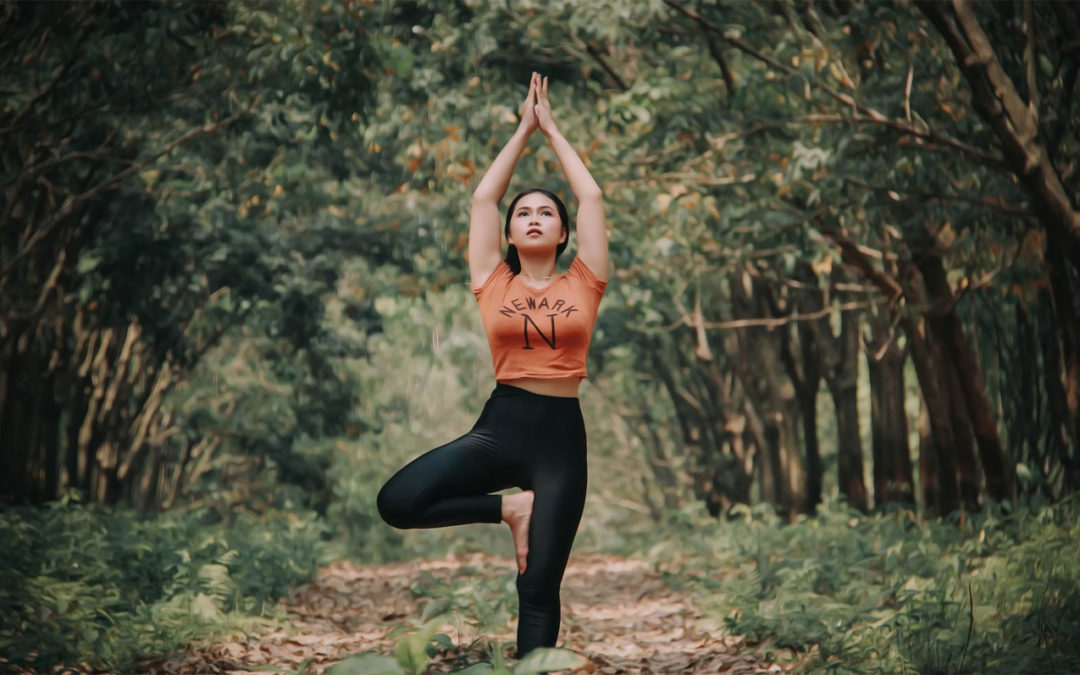One of the most common problems today is fickle-mindedness. You try to do one thing, focus on one job and then see something else more alluring and shift to it. But this was not the case in old times. You can try all the modern gadgets and techniques you want, but if you want to have real results, then perhaps you should try finding the solution to your focus problems in the days of yore. Here are a few yoga poses to help you increase your concentration.
Asanas for improving concentration
Padmasana
Padmasana is a relatively simple posture. In Sanskrit, it means “Lotus Position”. Padmasana is a great way to concentrate. It focuses on your breathing and endurance particularly if you are a beginner. Padmasana doesn’t really require any preparatory poses, but you can start with Janu Sirsasana.

To padmasana, you need first to sit relaxed on a mat. Now try to bring yourself into a lotus position by bending your right leg and right feet on the left thigh and your left feet on your right thigh. Make sure that you have your spine extended. Do not let your shoulders droop. That’s it, you have mastered padmasana. This exercise is more inclined towards focusing on your breathing pattern than on your muscles.
Padmasana can have many benefits like improved digestion and a relaxed mind. If you have a knee injury or any injury that keeps you from attaining this pose, consult an expert. With padmasana, you can have a relaxed hip and spine. You can try out its variations as well.
Paschtimottanasana to increase concentration
Paschimottasana or seated forward bend is not an easy pose to master. It needs to be practiced under supervision if you are a beginner. While there are immense benefits from practicing Paschimottasana, there are risks as well. If you are someone with a bit of a tummy, you might find it difficult to master this one.

To get into Paschimottasana, start by sitting on a mat with legs stretched in front and spine straight. Your hands should support you. Next, take a deep breath and as you exhale, bend so that your fingers touch your toes. Keep going till your nose can touch your knees (this is the hard part). Hole the pose for a moment and then rise back up while inhaling. Make sure to come back to a straight spine.
If you have a back injury or hip injury, you should avoid doing this pose. It can aggravate those injuries if you are not careful. Paschimottasana helps in flexibility. It stretches your shoulders, spine and hamstring muscles. It can help with blood pressure as well. You really need to watch your breathing pattern while you are practicing this pose.
Mayurasana to increase concentration
Up till now the poses we have mentioned, compared to this one, they are beginner’s stuff. Mayurasana is one of the challenging poses which has many benefits associated with it. You cannot just come in one random fine morning start doing mayurasana. It requires time and skills to master. Mayurasana means “the peacock pose” in Sanskrit.

It is recommended that you do this pose for the first few times under supervision. Start off by kneeling on the mat or floor. Keep your knees at shoulder length apart. Place your hands on the inner side of your knees and tuck in your chin such that it touches your chest. It should be such that your back is arched. Now place your head on the floor. Watch your breathing. Try to lift up your legs toward the back and maintain a horizontal tabletop pose along your back (from shoulder to ankles). Your legs should be above the ground. Hold this pose for a moment and then slowly come back to your initial sitting position.




